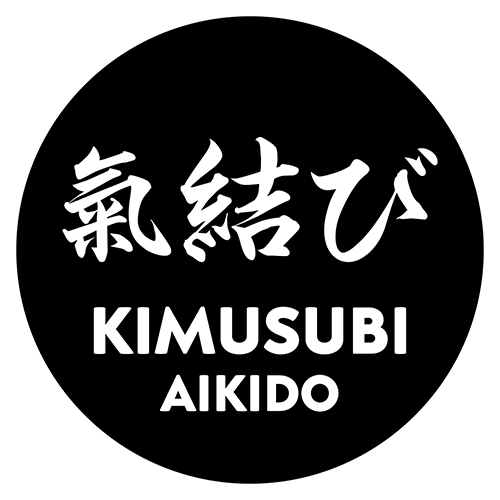Interview with Franck Noël of Toulouse

Location: Toulouse, France
Translated from 2007 Aïkido Journal France
“Aikido is a way of living with others. It’s a tool of civilization, a tool of social order, which of course goes through personal development.” — Franck Noël
Not quite twenty years.Did you always have your own dojo?
No, I started in Toulouse working with two friends for five years. I’ve had my own dojo since 1988.
When and where did you begin Aikido?
In 1968, in Paris.
Who were your first teachers?
Initially, I trained with Nakazono’s students, including Christian Tissier and Paul Muller. Soon after, with Nakazono Sensei directly.
How long did you train in Japan?
Eight years (1972–1980), mostly at the Hombu Dojo with Kisshomaru Ueshiba and especially Yamaguchi Sensei.
Were you the only French person there at that time?
Not at all. When I arrived, Christian Tissier had already been there for two years, so he guided and helped me a lot at the beginning. We were there together for five years before he returned. Alain Guerrier was also there.
And when you returned in 1980, was there a special reason to come to Toulouse?
Not really.
Why didn’t you go back to Paris?
I don’t like Paris. It’s not a city I want to live in.
You went to Japan for Aikido…
I also studied music there, but Aikido was my main motivation.
After eight years, did you feel that was enough?
Yes and no. At a certain point, you feel like you’re going in circles. Coming back was, in a way, like becoming an adult—a break, a pause in learning, flying on your own. A rite of passage into adulthood.
How old were you when you returned?
I left at 22 and returned at 30.
Did you practice other martial arts before Aikido?
I did a bit of judo for two years as a teenager, but not seriously.
What difference was there for you between judo and Aikido?
They are quite unrelated—different story, adventure, perspective. Aikidoka and judoka have very different experiences, goals, and ways of developing the body and relationships.
To what extent is Aikido a martial art?
Completely—if we understand “martial art” as an infinite quest that uses conflict as a metaphor for self and social development. It’s not combat training for performance.
Are you a full-time professional now?
Yes. I’ve been a full-time Aikido professional since 1980.
O-Sensei and his students trained intensely full-time. Today, that level is rare…
What do you mean by “training”? In Aikido, we don’t train—we practice. The goal is the practice itself. It develops human qualities: mind, technique, and body (“shin-gi-tai”).
And the physical aspect?
It’s key, but it has changed. The Aikido population is older now. When Asai Sensei came to Europe, he was 24. Now there are few young practitioners. Physical development follows different priorities today, but young beginners still gain “feline” qualities—tonicity, mobility, presence.
What if someone starts Aikido at 35–40?
You can’t expect them to have the same physique as someone who started at 18. Context matters.
Same situation in Japan?
Yes. In Japan, many young university students start, but very few continue beyond a couple of years. Hombu Dojo now has mostly practitioners in their 30s and 40s.
Do you still go to Japan?
Yes, I go back every year.
Was it like this back in the 1970s?
Pretty much. Young practitioners were mostly found in universities. Quality was generally low except in a few elite institutions. Most university club instructors only had 4–5 years of experience.
